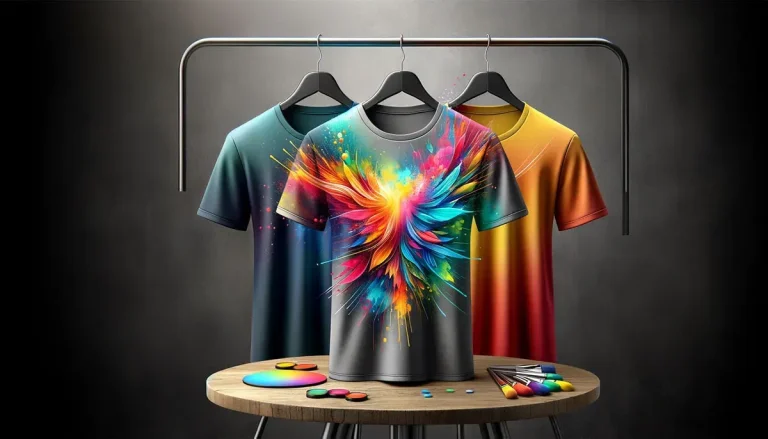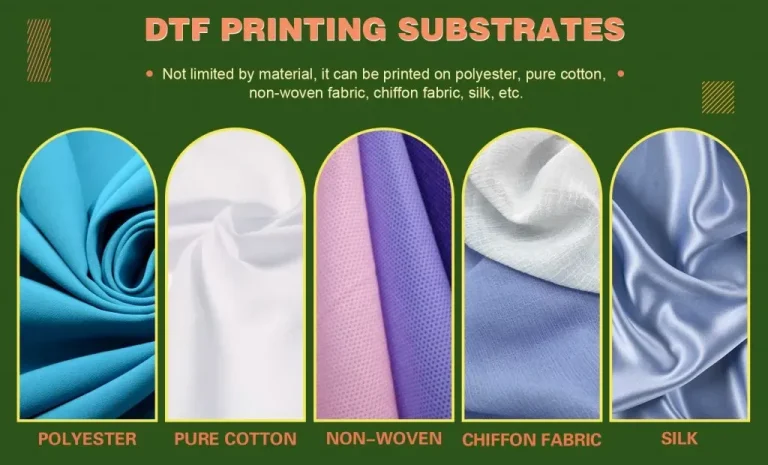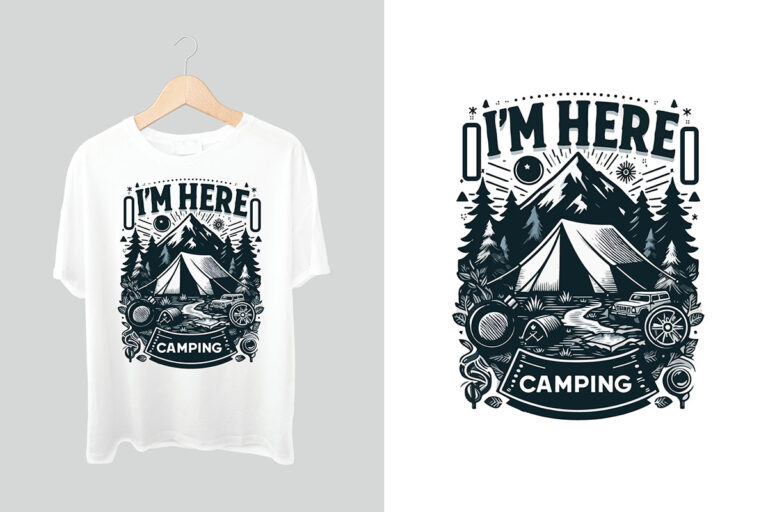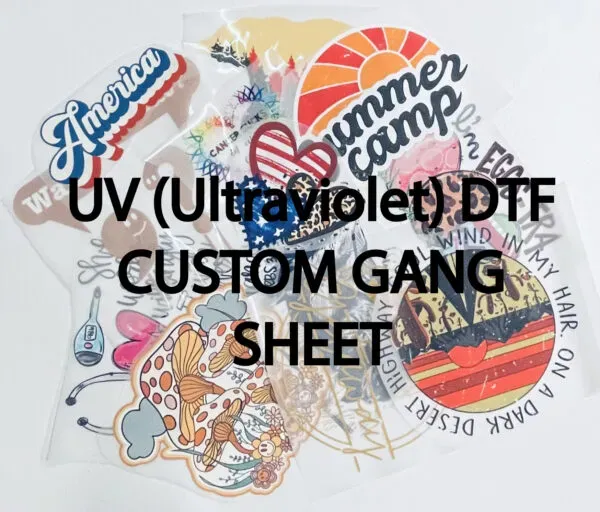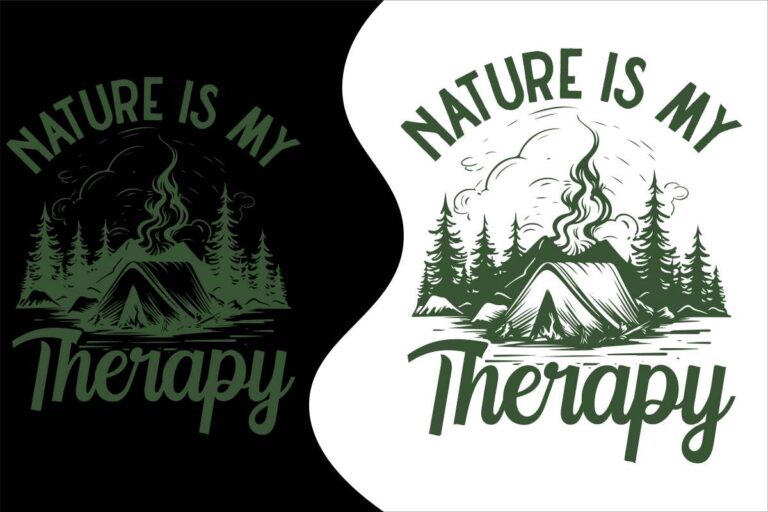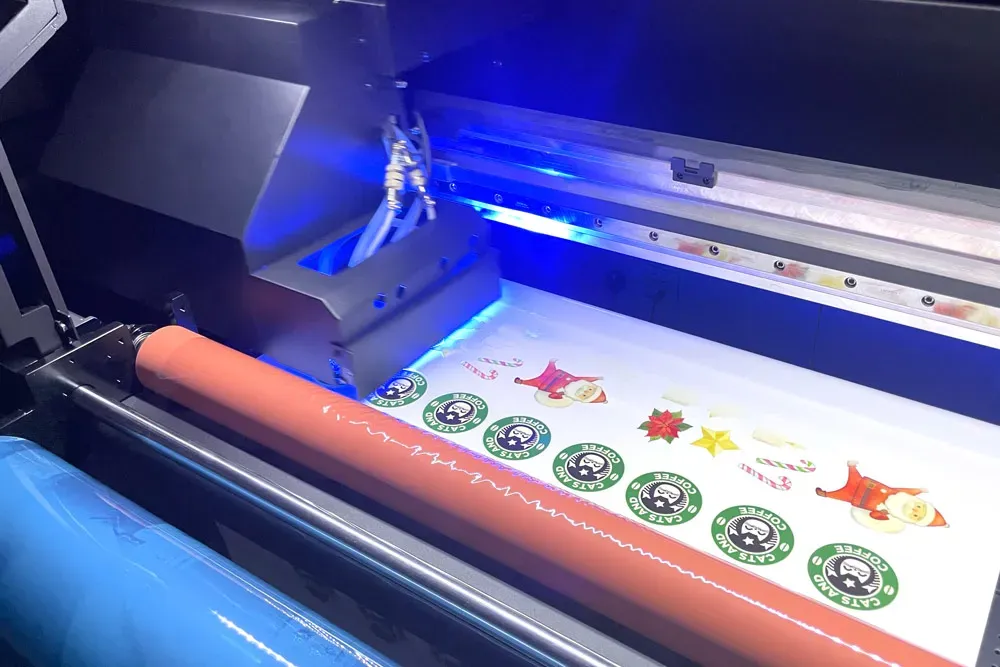
UV DTF printing, or UV Direct to Film printing, stands at the forefront of modern printing technology, effectively revolutionizing the way we approach print projects. This innovative method offers exceptional print quality, making it a preferred choice over traditional printing methods that often struggle with consistency and detail. With its advanced capabilities, UV DTF printing delivers vibrant colors and durable results that withstand the test of time, setting new standards for the durability of prints. Additionally, it boasts impressive cost efficiency of printing due to reduced waste and faster production times, making it an economically viable option for businesses. Not only does UV DTF printing address the needs for high-quality outputs, but it also poses a lower environmental impact compared to conventional methods, aligning with the growing demand for sustainable practices in the industry.
Known as UV Direct to Film technology, this printing technique seamlessly merges the benefits of ultraviolet ink applications with the innovative DTF process. Unlike traditional methods that often limit the types of materials that can be printed on, this versatile approach enables the production of stunning images on a variety of surfaces, from fabrics to metals. With its quick curing capabilities, UV DTF allows for immediate handling of printed items, thus enhancing workflow efficiency. Furthermore, the trade-off in maintenance and resource use positions UV DTF printing as not just a performance-driven option but also one that resonates with eco-conscious businesses aiming to reduce their carbon footprint. As it gains traction in the market, the advantages of UV DTF printing—such as superior print durability and adaptability—continue to capture the attention of those seeking cutting-edge solutions for their printing needs.
Understanding UV DTF Printing
UV DTF (Direct to Film) printing is revolutionizing the printing landscape by offering unrivaled advantages over traditional methods. This contemporary printing technique utilizes ultraviolet light to cure inks as soon as they are applied to various substrates. As a result, UV DTF printing realizes vibrant colors and intricate designs with incredible precision and clarity. Unlike traditional methods, where inks may bleed or blend over time, UV DTF ensures that every detail remains strikingly sharp, making it an ideal choice for projects that demand high-quality outputs.
The versatility of UV DTF printing allows it to cater to a wide range of materials—be it textiles, metals, plastics, or even harder surfaces like wood. This characteristic eliminates the need for specialized equipment or setups traditionally necessary for various basic printing methods. As a result, businesses can benefit from reduced turnaround times and increased creative freedom, enabling them to expand their offerings without incurring the hefty costs generally associated with diverse printing technologies.
Comparing Print Quality: UV DTF vs. Traditional Methods
The print quality produced by UV DTF printing significantly outshines that of traditional printing methods, such as screen printing or offset printing. With UV DTF, users benefit from the ability to produce fine details and smooth gradients that are simply unattainable with older techniques. The unique formulation of UV inks provides greater color vibrancy and consistency across different substrates, ensuring that every print is a true representation of the original design.
Additionally, UV DTF printing doesn’t just achieve superior results across traditional applications; it also excels in areas where durability is essential. For instance, printed materials can endure harsh weather conditions without fading or wear, making it an excellent choice for outdoor signage or custom apparel that will see regular use. Compared to traditional printing methods—which may compromise on quality to achieve cheaper costs—UV DTF allows businesses to deliver high-end products that stand the test of time.
The Durability Advantage of UV DTF Printing
One of the standout features of UV DTF printing is the durability of the finished prints. Thanks to the UV curing process, prints created with this method exhibit remarkable resistance to wear and tear, scrutiny from consumers, and environmental factors. Unlike traditional printing processes, where colors may fade over time or become susceptible to scratches and damages, UV DTF prints retain their integrity and vibrancy for extended periods. This durability minimizes the need for frequent replacements, allowing companies to maintain their aesthetics without incurring high operational costs.
Furthermore, businesses looking to produce durable products can leverage UV DTF’s resistance to chemicals and moisture, positioning it as an optimal choice for diverse applications. Whether it’s packaging or promotional materials, the robust construction of UV DTF printed items ensures that clients are satisfied with their longevity, thereby enhancing brand loyalty and minimizing waste—a significant advantage as companies strive for sustainability in their production methods.
Efficiency in Production: How UV DTF Shakes Up the Industry
Efficiency is a decisive factor in any modern printing operation, and UV DTF printing capitalizes on this need by dramatically reducing production time. Traditional methods often rely on lengthy drying processes, which can significantly delay project completion times—an issue that can strain resources and cause dissatisfaction amongst clients with tight deadlines. UV DTF, by contrast, cures inks immediately under UV light, allowing for quick processing and turnaround.
This speed not only enhances productivity but also gives businesses a competitive edge by enabling them to respond swiftly to market demands and fluctuations. Organizations can take on larger orders and cater to diverse client requirements without compromising quality or incurring additional costs. This aspect of UV DTF printing is an attractive proposition for businesses aiming to optimize their operations and expand their portfolios efficiently without overextending their resources.
Cost Efficiency of UV DTF Printing
While initial investments in UV DTF technology may be higher compared to conventional printing setups, the cost-efficiency of this advanced approach often outweighs those initial expenses considerably. By minimizing wasted materials and enabling faster production speeds, businesses can enhance their operational output and reduce overall costs. Unlike traditional methods that can incur high reprint costs due to quality issues, UV DTF allows for consistent quality, leading to fewer errors and, consequently, less waste.
Moreover, as businesses transition to UV DTF printing, they often discover that the economics of scale favor this modern approach. The longevity of prints reduces repeat orders, further promoting cost efficiency in the long run. With reduced expenses on materials and labor, organizations can better allocate resources while still delivering premium quality products—allowing them to maintain healthy profit margins and invest in further innovations.
Environmental Impact of UV DTF Printing
In an era where sustainability is gaining paramount importance, UV DTF printing emerges as a more environmentally friendly alternative to traditional printing methods. The use of UV inks significantly lowers volatile organic compound (VOC) emissions, which are prevalent in conventional solvent-based inks. This factor is crucial for companies striving to adopt greener practices and meet increasing consumer demands for sustainable products. By choosing UV DTF, businesses demonstrate a commitment to reducing their environmental footprint.
Moreover, UV DTF printing’s efficiency in resource utilization—from energy usage to material waste—aligns with the principles of sustainable production. The technology’s ability to produce high-quality prints without compromising on environmental integrity attracts eco-conscious consumers and businesses. As organizations aim to resonate with a market that is increasingly turning to eco-friendly solutions, the adoption of UV DTF printing can act as a key differentiator, highlighting a company’s commitment to sustainable growth and innovation.
Frequently Asked Questions
What advantages does UV DTF printing have over traditional printing methods in terms of print quality?
UV DTF printing offers significantly superior print quality compared to traditional printing methods. It delivers vibrant colors and sharp details due to its advanced UV ink technology, ensuring reliable color consistency and smooth gradients. This makes UV DTF printing the preferred choice for high-end printing projects requiring exceptional accuracy.
How does the durability of UV DTF printing compare to traditional printing methods?
The durability of UV DTF printing is remarkable, as it provides highly resistant prints that withstand fading, scratching, and environmental stressors better than traditional methods. This increased durability means that businesses can rely on their printed materials for longer periods without frequent replacements, offering greater value.
What is the cost efficiency of UV DTF printing compared to traditional printing methods?
While UV DTF printers may require a higher initial investment, they prove to be more cost-efficient in the long run. The technology reduces material waste and has faster production times, which can lead to lower operational expenses and improved profitability for businesses using UV DTF printing.
In what ways does UV DTF printing demonstrate versatility compared to traditional printing methods?
UV DTF printing stands out for its versatility, capable of printing on a wide range of substrates—including textiles, plastics, metals, and wood—without extensive setup adjustments. This adaptability contrast sharply with traditional methods that often require specific material handling, making UV DTF a game-changer in custom printing applications.
What are the environmental impacts of UV DTF printing versus traditional printing methods?
UV DTF printing is generally more environmentally friendly than traditional solvent-based printing due to lower volatile organic compound (VOC) emissions. As businesses increasingly focus on sustainability, UV DTF printing aligns with these goals, offering high-quality results while minimizing environmental impact.
How does UV DTF printing affect production speed compared to traditional printing methods?
UV DTF printing greatly enhances production speed by utilizing an instant curing process that significantly reduces drying times. This contrasts with traditional printing methods, which often have longer drying cycles, leading to increased downtime. As a result, UV DTF printing enables businesses to meet tight deadlines and improve overall efficiency.
| Key Factors | UV DTF Printing | Traditional Printing Methods |
|---|---|---|
| Print Quality | Exceptional quality with vibrant colors and sharp details | Generally good, but less impressive than UV DTF printing. |
| Durability | Highly resistant to fading and scratching; long-lasting | Less durable; prints tend to deteriorate over time. |
| Versatility | Can print on various surfaces without extensive adjustments | Limited surface options; often requires setup changes. |
| Production Speed | Shorter production cycles due to instant curing | Longer drying times, resulting in downtime. |
| Cost Efficiency | Higher initial investment, but lower operational costs over time | Lower initial costs, but potentially higher long-term expenses. |
| Environmental Impact | More eco-friendly with lower VOC emissions | Higher VOC emissions; less sustainable. |
Summary
UV DTF printing is a revolutionary advancement in the printing industry, offering remarkable benefits over traditional printing methods. As highlighted in the comparative analysis, UV DTF printing excels in multiple areas, including exceptional print quality, enhanced durability, unmatched versatility, faster production speeds, cost-effectiveness, and a reduced environmental impact. The technology not only meets the growing demands for high-quality prints on diverse materials but also accommodates a shift towards sustainable practices. With its superior capabilities, UV DTF printing is poised to redefine the standards of the printing market, enabling businesses to thrive in an increasingly competitive landscape.


